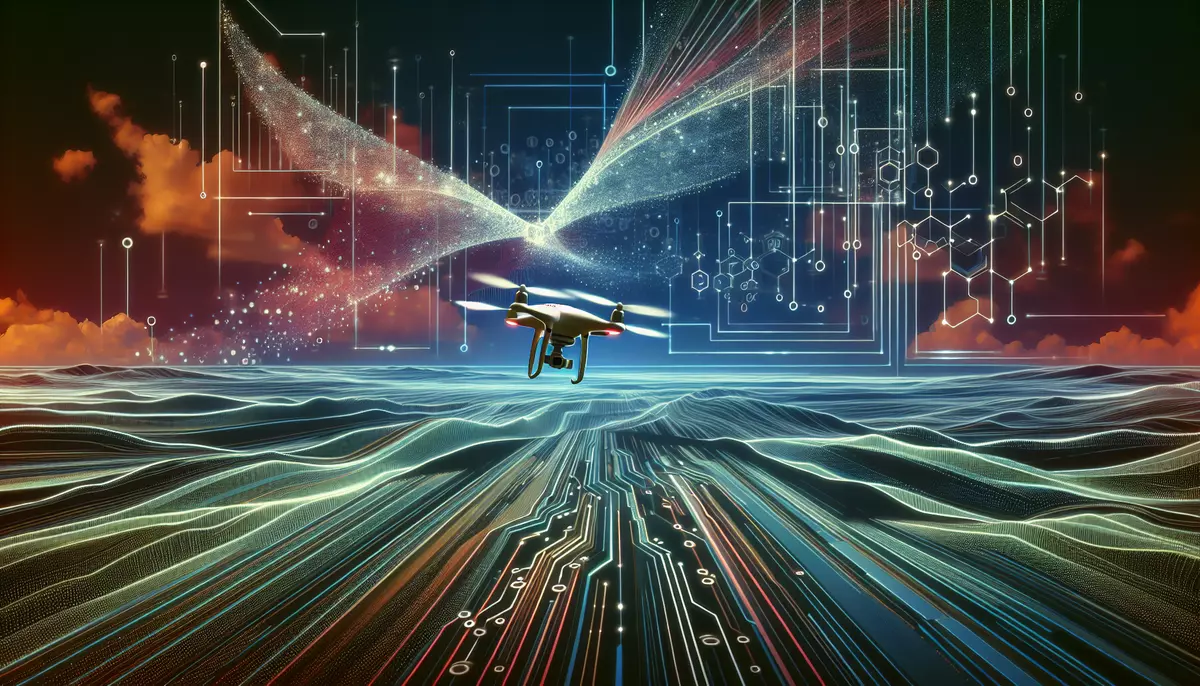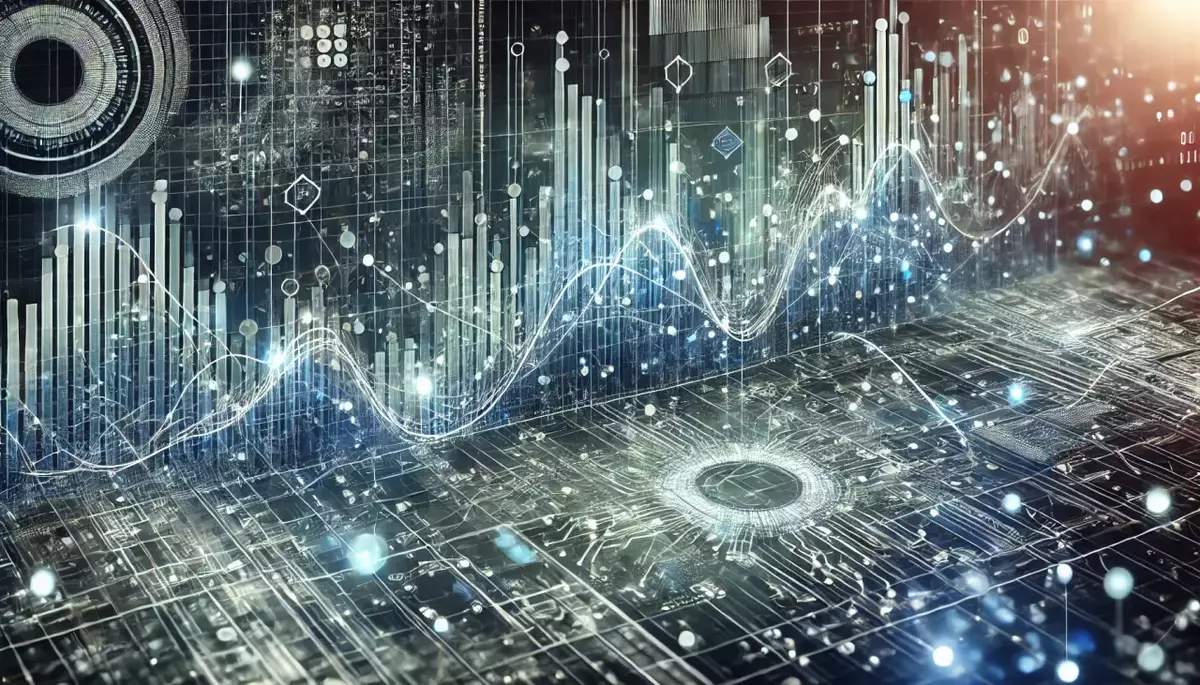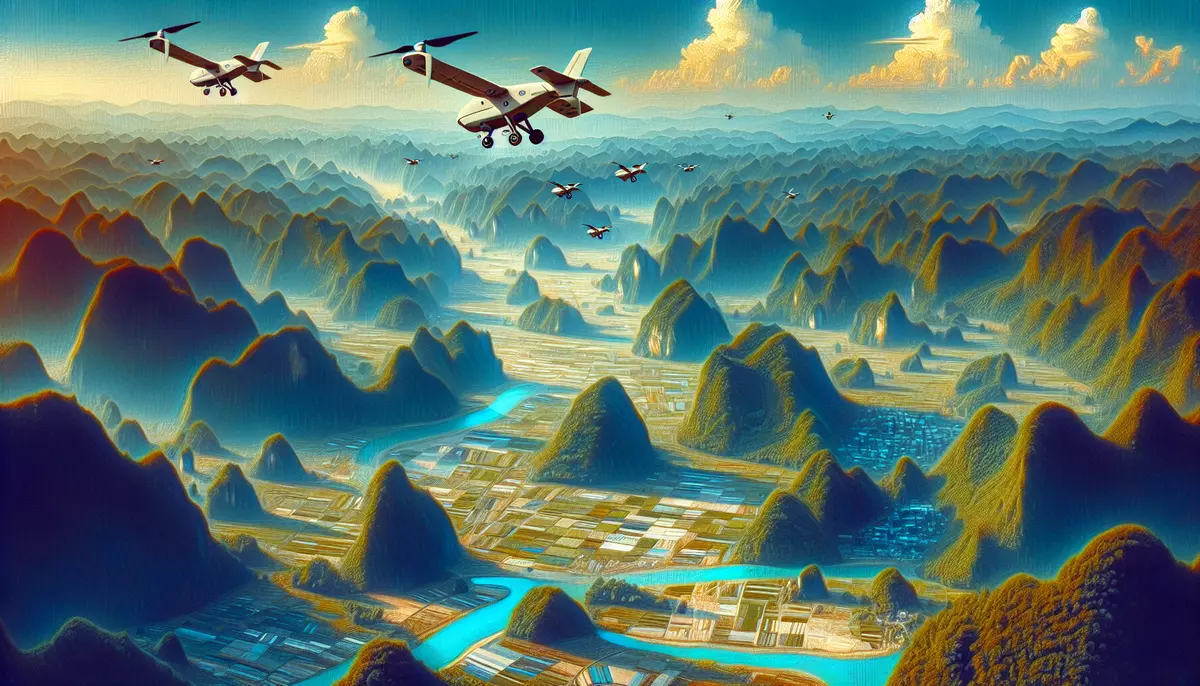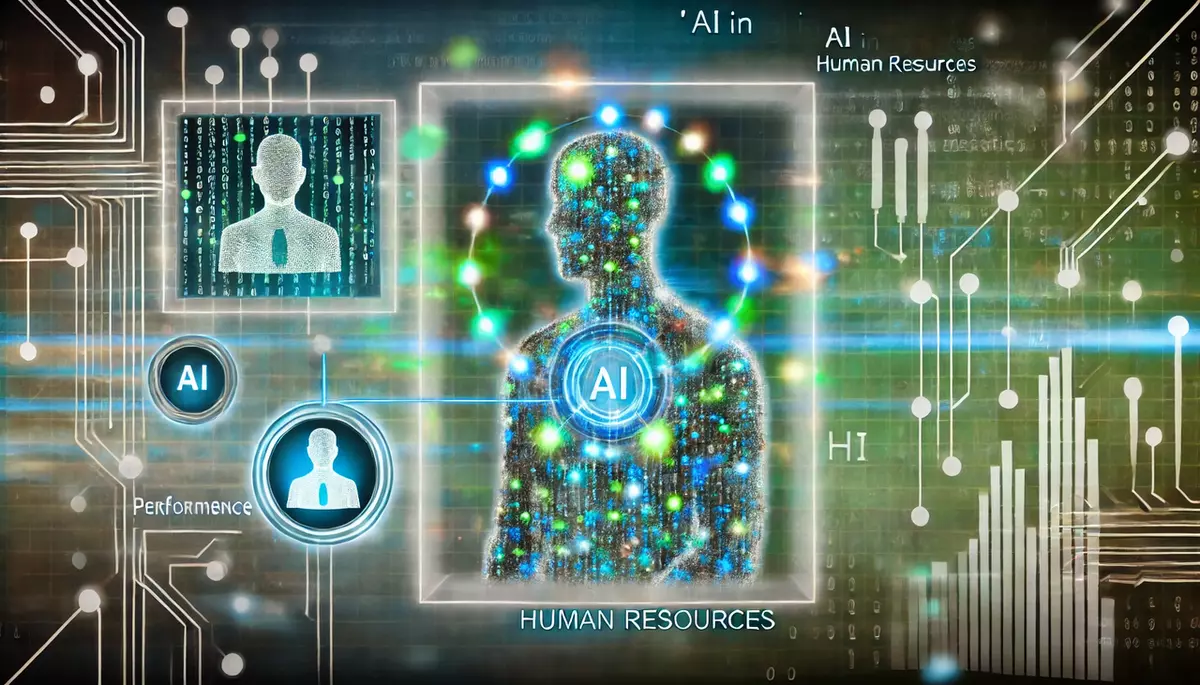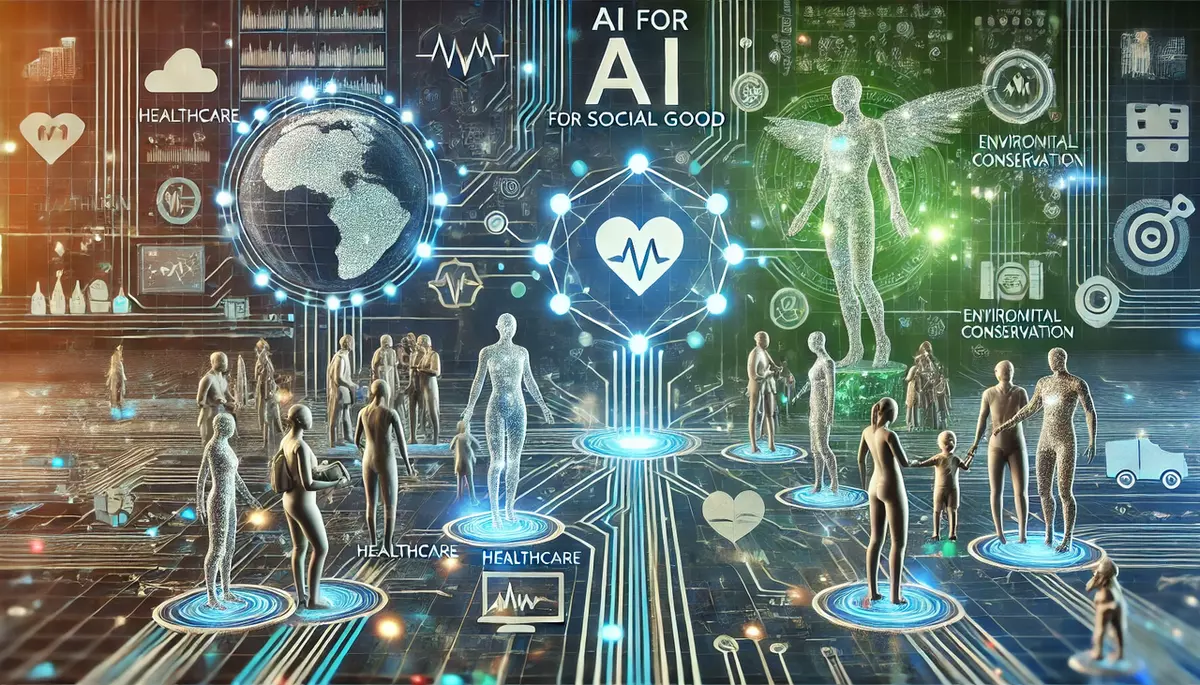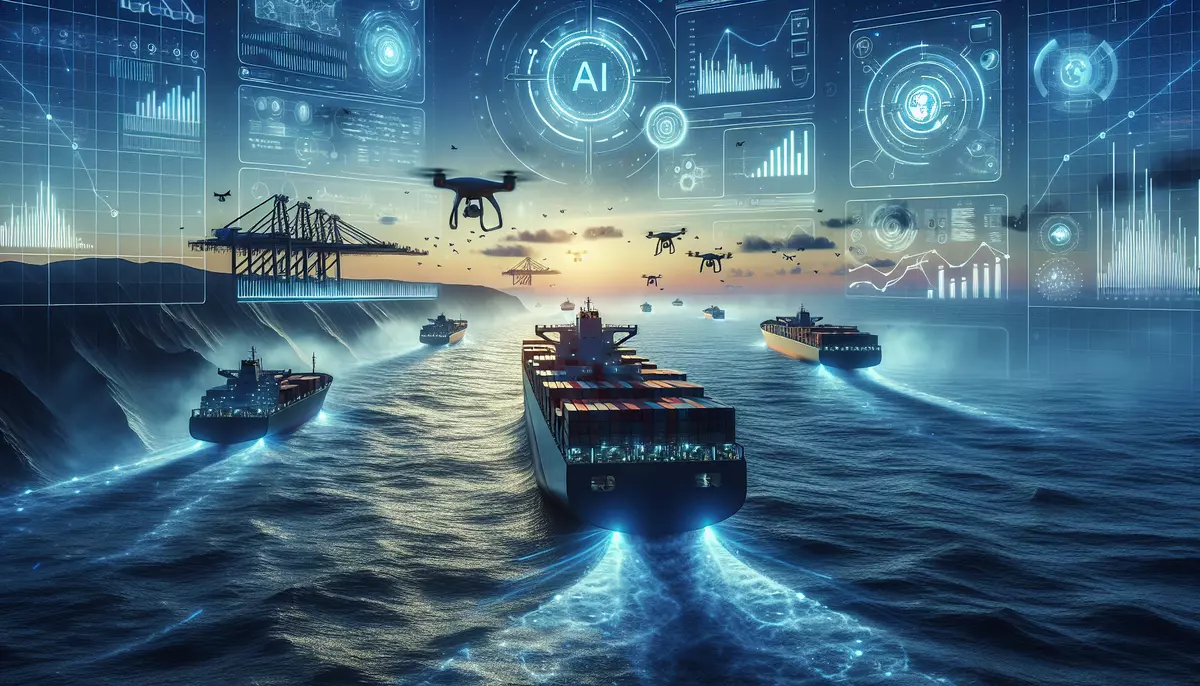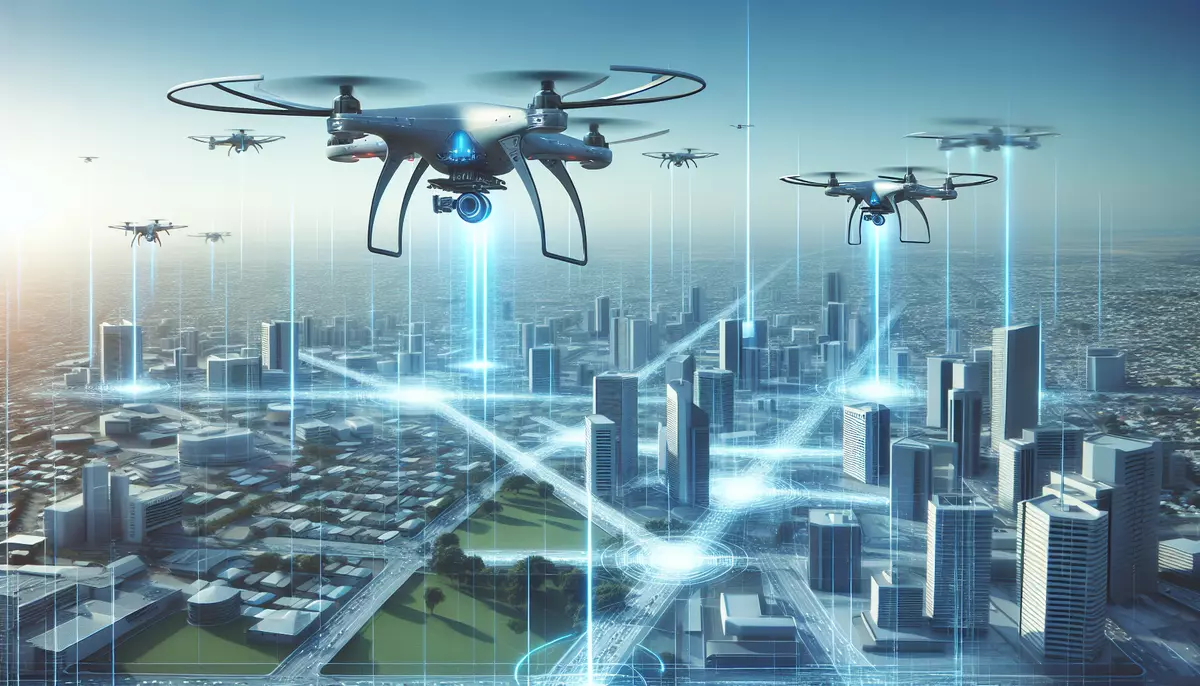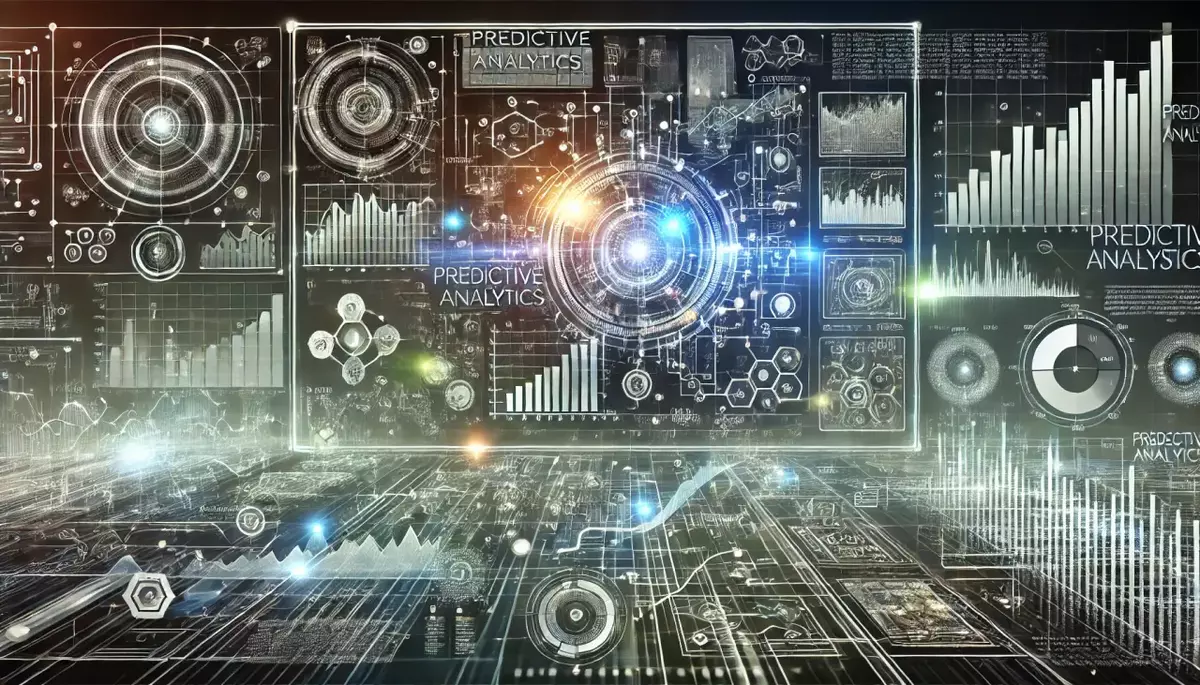Introduction
Unmanned Aerial Vehicles (UAVs), also known as drones, have become increasingly prevalent in various industries, from agriculture to surveillance and mapping. The data collected by these aerial platforms requires robust processing and analysis techniques to extract meaningful insights. This knowledge base article explores the key aspects of UAV data processing and analysis, covering the essential steps, tools, and techniques involved.
UAV Data Types and Formats
UAVs are equipped with a range of sensors that capture diverse data types, including high-resolution imagery, multispectral and hyperspectral data, thermal imaging, LiDAR point clouds, and video footage. These data formats require specialized processing and analysis approaches to extract valuable information.
Common UAV Data Types:
- Aerial Imagery: High-resolution RGB, multispectral, and hyperspectral images.
- LiDAR Data: 3D point cloud data capturing the topography and surface features.
- Thermal Imagery: Thermal infrared data for temperature and heat mapping.
- Video Footage: Continuous video streams for monitoring and surveillance applications.
UAV Data Processing Workflow
The UAV data processing workflow typically involves a series of steps, from data acquisition to analysis and visualization. This workflow ensures the efficient and effective transformation of raw data into actionable insights.
Key Steps in the UAV Data Processing Workflow:
- Data Acquisition: Capturing and collecting data from UAV-mounted sensors.
- Data Preprocessing: Cleaning, formatting, and organizing the raw data for further analysis.
- Georeferencing: Aligning the data with geographic coordinates for spatial analysis.
- Image Processing: Applying techniques like orthorectification, mosaicking, and color correction to aerial imagery.
- Point Cloud Processing: Filtering, segmenting, and extracting features from LiDAR point cloud data.
- Data Fusion: Integrating and combining different data types to create comprehensive datasets.
- Analysis and Modeling: Applying advanced analytical techniques, such as object detection, change detection, and predictive modeling.
- Visualization and Reporting: Presenting the processed data and analysis results in intuitive formats, such as maps, charts, and dashboards.
Tools and Techniques for UAV Data Processing
The UAV data processing and analysis workflow utilizes a range of specialized software tools and techniques to handle the diverse data types and extract meaningful insights.
Common Tools for UAV Data Processing:
- Photogrammetry Software: Tools like Agisoft Metashape, Pix4D, and DroneDeploy for processing aerial imagery.
- LiDAR Processing Software: Tools like CloudCompare, LAStools, and PDAL for handling and analyzing LiDAR point cloud data.
- GIS Software: Tools like ArcGIS, QGIS, and Google Earth Engine for geospatial data management, analysis, and visualization.
- Image Processing Software: Tools like ENVI, ERDAS IMAGINE, and OpenCV for advanced image processing and analysis.
- Programming Languages: Python, R, and MATLAB for custom data processing and analysis workflows.
Key Techniques for UAV Data Processing:
- Photogrammetry: Generating 3D models, orthomosaics, and digital elevation models from aerial imagery.
- Point Cloud Analysis: Extracting features, classifying objects, and generating terrain models from LiDAR data.
- Multispectral and Hyperspectral Analysis: Detecting and mapping vegetation health, soil properties, and other environmental features.
- Change Detection: Identifying and quantifying changes in land use, infrastructure, and environmental conditions over time.
- Object Detection and Classification: Automating the identification and categorization of objects, such as buildings, vehicles, or wildlife, in aerial imagery.
Applications of UAV Data Processing and Analysis
The processed and analyzed UAV data can be applied in a wide range of industries and domains, providing valuable insights and supporting decision-making processes.
Common Applications of UAV Data Processing:
- Agriculture: Crop monitoring, precision farming, and yield estimation.
- Forestry: Vegetation mapping, tree inventory, and forest health assessment.
- Environmental Monitoring: Habitat mapping, pollution detection, and disaster response.
- Infrastructure Inspection: Monitoring of roads, bridges, power lines, and construction sites.
- Urban Planning: Land use mapping, urban growth analysis, and 3D city modeling.
- Security and Surveillance: Perimeter monitoring, target tracking, and emergency response.
Challenges and Future Trends
While UAV data processing and analysis offer numerous benefits, there are also challenges and emerging trends that need to be considered.
Challenges in UAV Data Processing:
- Data Volume and Complexity: The large volume and diverse nature of UAV data can pose challenges in storage, processing, and analysis.
- Sensor Calibration and Accuracy: Ensuring the reliability and precision of data collected by UAV-mounted sensors is crucial for accurate analysis.
- Regulatory Compliance: Adhering to evolving regulations and guidelines for UAV operations and data usage can be a significant consideration.
- Privacy and Security Concerns: Addressing privacy and security issues related to the collection and use of UAV data is an important consideration.
Future Trends in UAV Data Processing:
- Artificial Intelligence and Machine Learning: Leveraging advanced AI and ML techniques for automated data processing, object detection, and predictive modeling.
- Edge Computing and Real-time Analysis: Enabling on-board data processing and near-real-time insights through the integration of edge computing capabilities in UAVs.
- Data Fusion and Integration: Combining UAV data with other geospatial and sensor data sources to create comprehensive, multi-dimensional datasets.
- Autonomous and Swarm Capabilities: Developing UAV systems with increased autonomy and the ability to coordinate and collaborate as a swarm for enhanced data collection and processing.
Conclusion
UAV data processing and analysis play a crucial role in unlocking the full potential of these aerial platforms. By leveraging specialized tools, techniques, and emerging technologies, organizations can extract valuable insights from UAV-collected data, supporting a wide range of applications across various industries. As the field continues to evolve, the integration of advanced data processing capabilities will further enhance the utility and impact of UAV technology.
This knowledge base article is provided by Fabled Sky Research, a company dedicated to exploring and disseminating information on cutting-edge technologies. For more information, please visit our website at https://fabledsky.com/.
References
- Colomina, I., & Molina, P. (2014). Unmanned aerial systems for photogrammetry and remote sensing: A review. ISPRS Journal of Photogrammetry and Remote Sensing, 92, 79-97.
- Ren, H., Zhao, Y., Xiao, W., & Hu, Z. (2019). A review of UAV monitoring in mining areas: Current status and future perspectives. International Journal of Coal Science & Technology, 6(3), 320-333.
- Manfreda, S., McCabe, M. F., Miller, P. E., Lucas, R., Pajuelo Madrigal, V., Mallinis, G., … & Müllerová, J. (2018). On the use of unmanned aerial systems for environmental monitoring. Remote Sensing, 10(4), 641.
- Hassanalian, M., & Abdelkefi, A. (2017). Classifications, applications, and design challenges of drones: A review. Progress in Aerospace Sciences, 91, 99-131.
- Tomaštík, J., Mokroš, M., Saloň, Š., Chudý, F., & Tunák, D. (2017). Accuracy of photogrammetric UAV-based point clouds under different weather conditions.

